Plastic-Free Solutions for Raising Rabbits
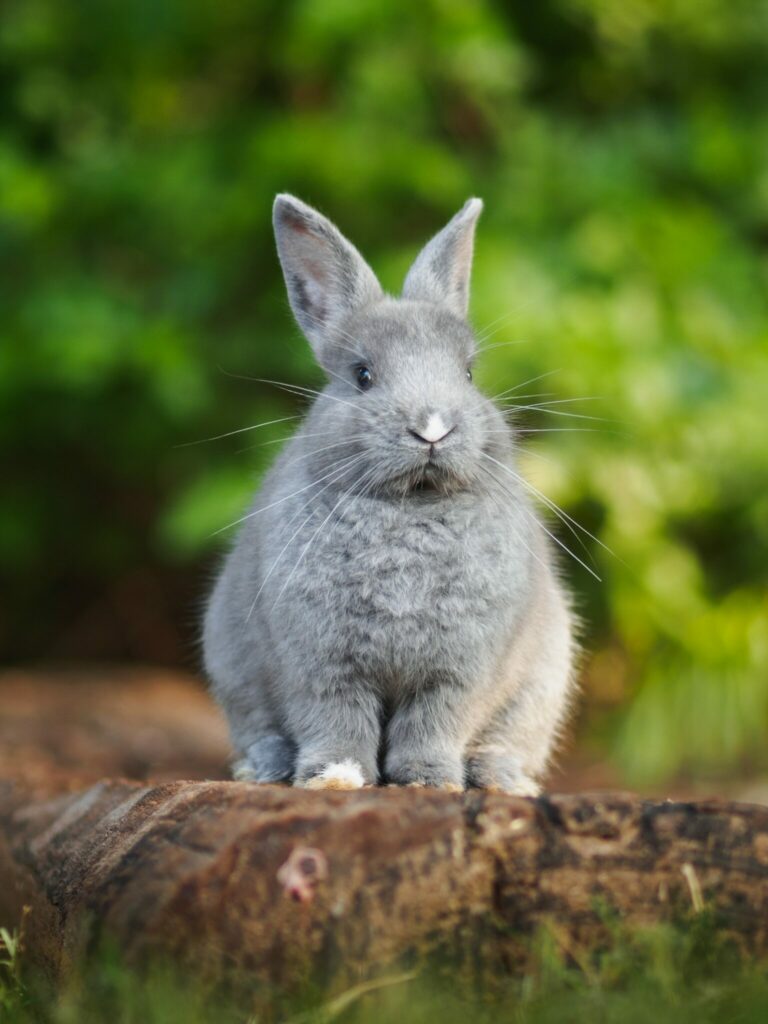
You may have read our previous posts on 15 Ways to Reduce Waste with Your Pets and Minimizing Waste with Pastured Pigs. This post will fall right in line with them, providing you with actionable steps to take and products to make or purchase that will not only support the overall health of your rabbits, but will also help you to minimize or eliminate the need for plastic in raising rabbits.
When our son first got rabbits, we found it was rather difficult to source non-plastic items from our local pet stores. When we looked online, we were faced with a few scattered options and lots of conflicting opinions about what a rabbit truly needs and what products best support a rabbit’s natural behaviors.
We found it helpful to circle back to our values for healthy living and stewardship, which we have posted about on our blog before:
- Is the swap/solution safe and non-toxic?
- Does it help to shorten the supply chain/take out the middle man?
- Does it yield minimal waste?
- Does it increase the longevity/lifespan of _____?
- Is it simple and practical to use/implement?
In case anyone else finds themselves in our shoes, looking for plastic-free solutions for raising rabbits, we thought we would share what we have found. Your resources, individual set up, and individual rabbit may dictate a different approach or different solutions, and that is okay! This post is simply to share what has worked for us and perhaps spark ideas and inspire and encourage our readers.
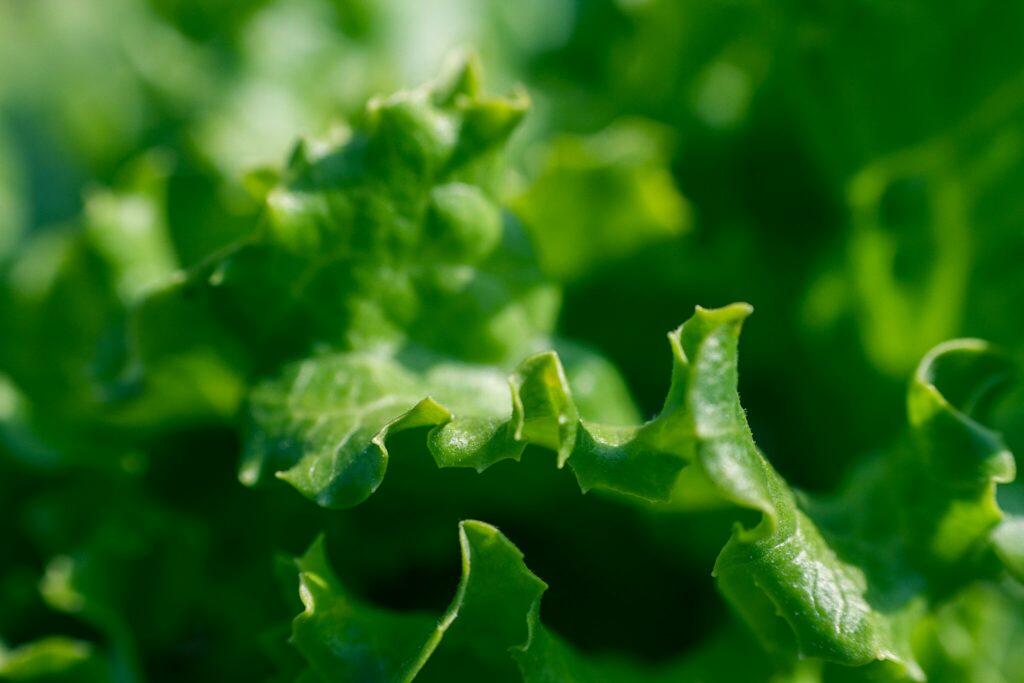
Food, Water and Treats
Keep in mind that these percentages and recommendations are generalized. You can always consult your trusted animal care professional if you are unsure what will best support your individual rabbit’s health.
- 80% Organic (fresh) grass or (dried) hay – Ideally, grown locally with organic practices, but if that is not available, it can be purchased online through companies like this one and this one.
- To learn about the difference types of grass/hay, check out this article. This article has information on the benefits of feeding your rabbit fresh grass.
- 20% Organic pellets – bagged in paper and made by Modesto Milling (we buy ours in 50 pound bags from Azure Standard (referral link here) and store them in metal locking containers).
- < A Tablespoon of Treats (per day) – We recommend organic whenever available, so as to avoid possible pesticide residue and due to the environmental and long-term effects of conventional agriculture practices.
- Fresh leafy greens
- Fruits and veggies (see list here on recommended foods and those to avoid)
- Apple chew sticks
- Hay or barley biscuits
- Fresh or dried herbs like basil, cilantro, chamomile, dandelion greens, and oregano
- DIY treats
- OTHER: Small Pet Select sells enrichment items/toys that double as chewing items and treats. Simply browsing through their offerings may spark some ideas for DIY options!
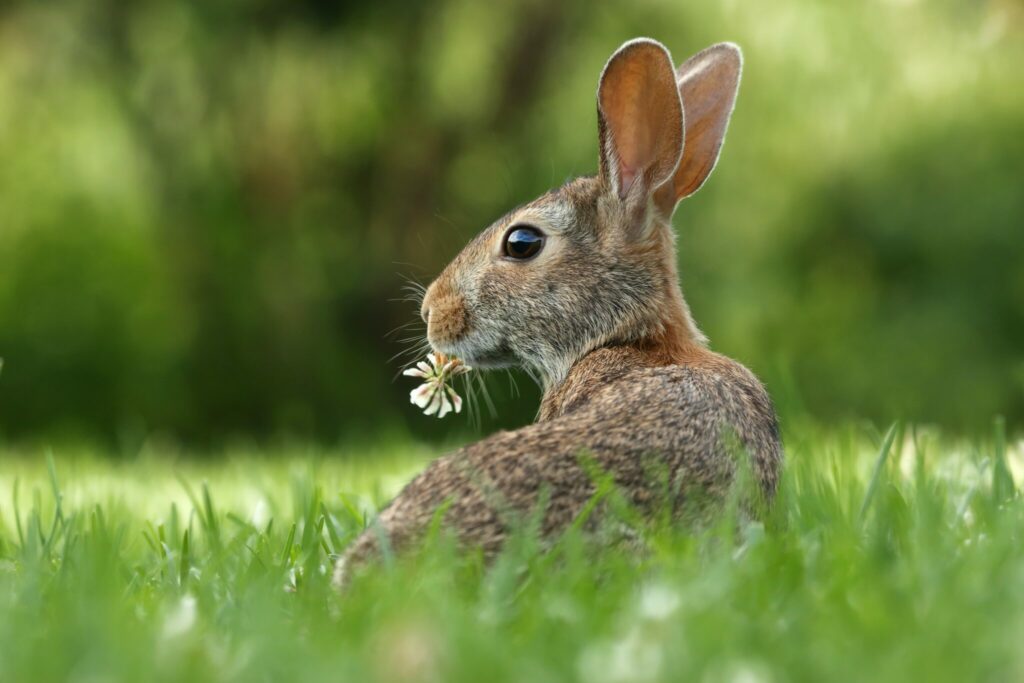
Containers for Food and Water
- Metal or glass open-top bowls for water, pellets, or treats/supplements
- Wood bowls/containers for pellets or treats/supplements (if using wood, look for solid, rabbit-safe wood)
- Glass, gravity-fed hanging water (like this one–we just take out the plastic floating piece)
- Metal, gravity-fed hanging feeder (like this one; depending on how fine your rabbit’s pellets are, you may or may not need the sifter at the bottom)
- Wood or metal hay rack (like this premade one; you can construct a DIY one from solid, rabbit-safe wood using this tutorial, or you can repurpose metal wire to make this one)
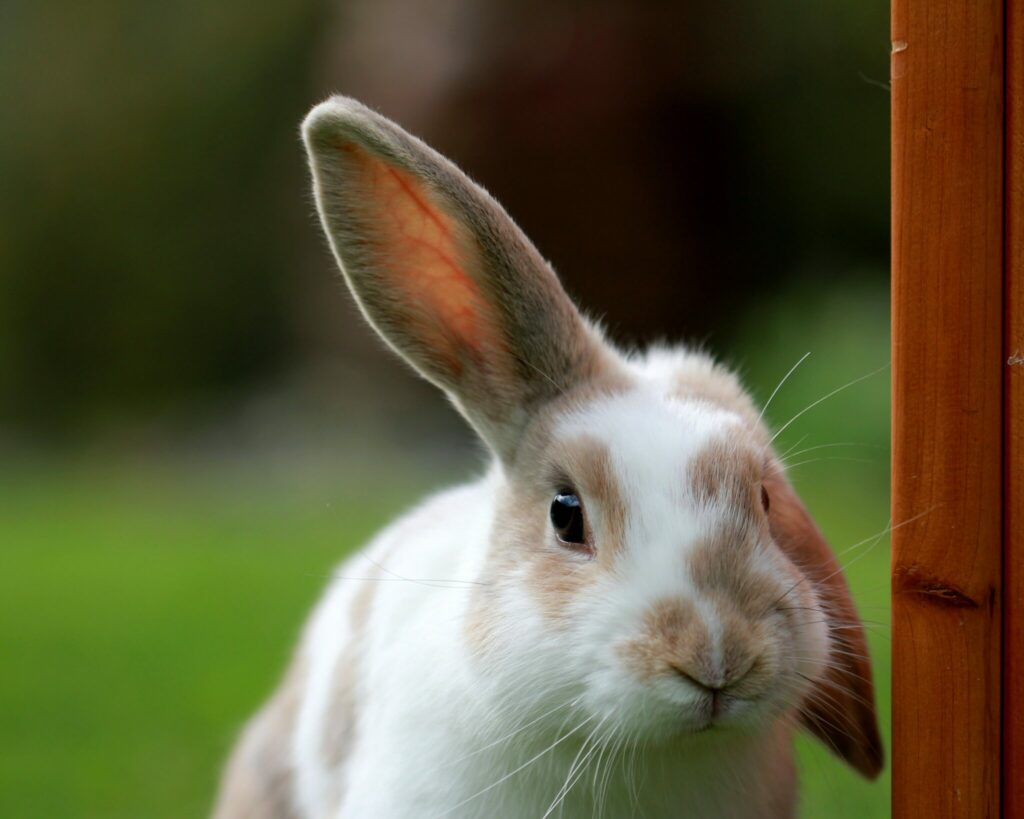
Housing and Cleaning
- Cage/Hutch– There are plenty of resources with information on how to house-train your rabbit and keep them in various inside set-ups. For the purposes of this post, however, we will work under the assumption that you are here for solutions for plastic-free, outdoor rabbitry. For outdoor setups, we suggest buying or making a cage/hutch out of metal and/or wood. If you have to use plastic, you might look for items secondhand before purchasing new. We would also recommend that you consider the longevity of any plastic products. Cheap plastic will not only take a beating from the elements, but might also leech harmful chemicals due to being in the elements and from wear and tear from your rabbit. Regardless of the materials used to make it, the main things to look for in a rabbit cage/hutch are:
- safety against predators (DO NOT USE chicken wire – it will not keep predators out; instead, use hardware cloth in place of chicken wire)
- safety against the elements (think: shade, dryness, ventilation, etc.)
- adequate spacing for the size and number of rabbits you have
- access/ease of cleaning
- Non-toxic bedding/litter options – You may be able to find these at your local farm or feed store. New Country Organics (online retailer with some in-store partnerships) sells a few of these options. Before trying out any of these options, remember to do your research to ensure that the bedding/litter is considered safe for your bunny, as some animals are sensitive to certain wood fibers or dust. Also consider how you will dispose of used litter. Can it be composted? (Remember not to flush animal waste down the toilet or drain, as wastewater treatment processing is typically only designed to treat human waste.)
- Pine pellets (different than pine shavings, strong enough to be used for horse stalls, has no glue or binders)
- Natural clay-based litter
- Pelleted flax
- Hemp
- Spruce and basalm shavings
- A note about what to do with rabbit manure: Did you know that you can use rabbit manure as fertilizer? Check out this article by Michigan State University with the details!
- Litter box – If you choose to train your rabbit to use a litter box (as opposed to having things fall through the metal wire or designing a setup for scooping/wiping things off solid flooring), we recommend looking for metal, if possible. Metal litter boxes are quite a bit more expensive, so again, if plastic is needed, see the details to consider listed under “Housing.” Here is a really neat metal litter box that was out of budget for us, but that looks like an incredibly durable and easy-to-clean option, should it fit your budget.
- What we use to clean our bunny housing:
- Handheld broom and dust pan (set is made from metal and horse hair and is from this company)
- spray bottle with all purpose dilution of Branch Basics (to clean/remove debris around the space)
- spray bottle with a 1:1 ratio of water to vinegar (to gently disinfect without harming the rabbits)
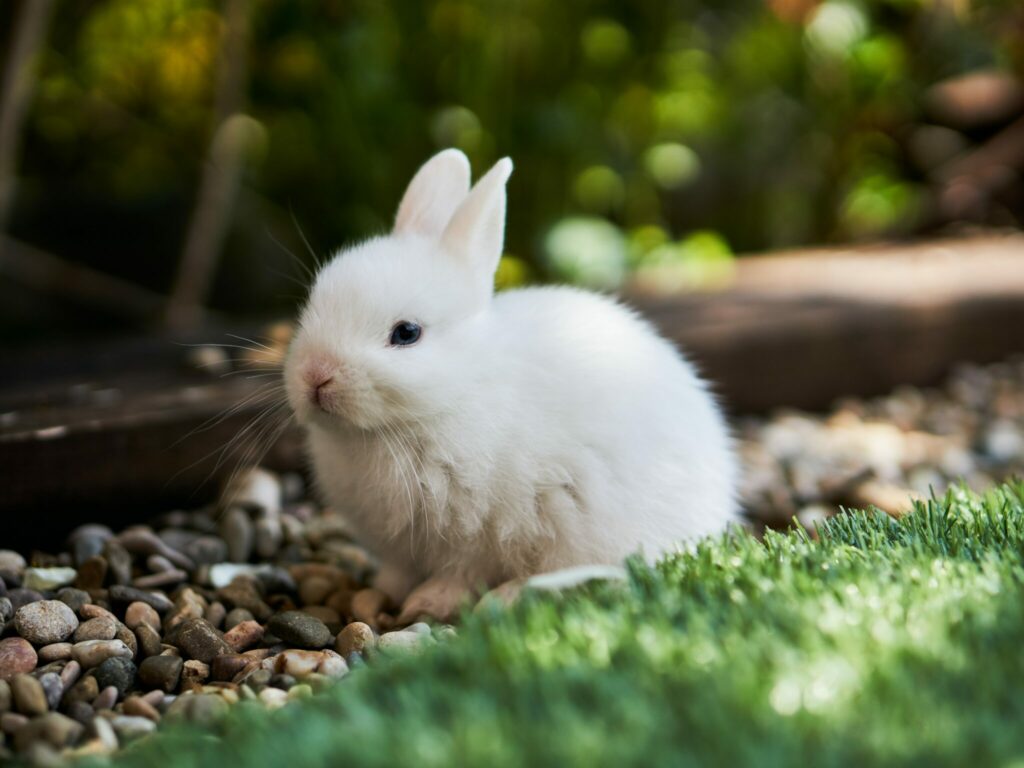
Resources for Rabbit Care
- The Bunny Lady – A very informative blog with seemingly endless posts on all things rabbits, linked here. (This website is our top resource.)
- The Livestock Conservancy – A website with helpful reference guides to various heritage animals, PDF page for rabbits linked here.
- House Rabbit Society – Educational resources for owners of pet rabbits, linked here.
What are your best tips for reducing plastic waste with rabbits? Do you have any favorite products or resources? Comment below to share with our community!
Yours truly,
Erica Barlow


 Fast Five – Edition No. 4 (Summer Edition)
Fast Five – Edition No. 4 (Summer Edition)